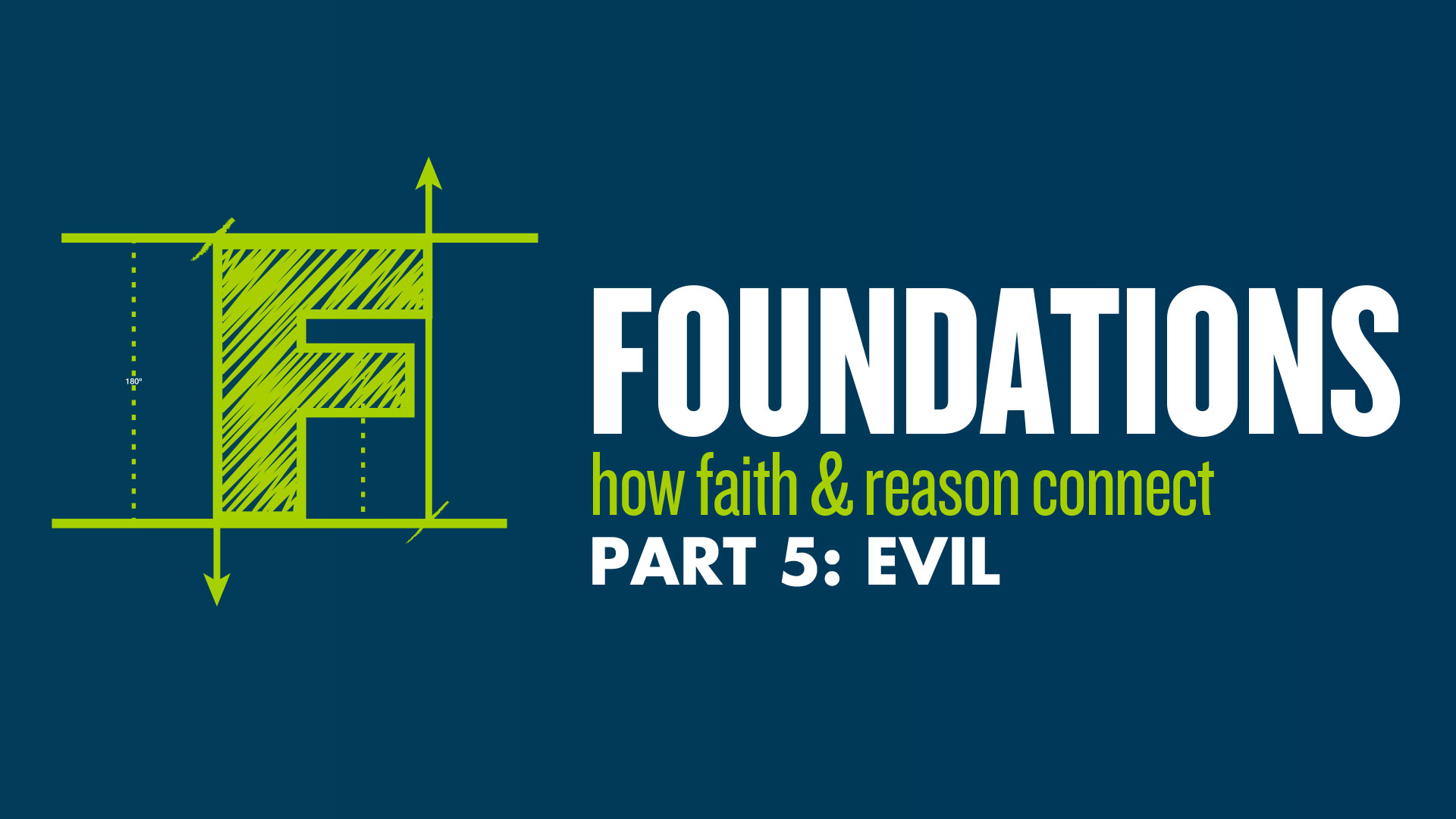Read Part 1: The Creator Conflict
Read Part 2: Backing Up The Bible
Read Part 4: The Reality of the Resurrection
I have two children, a nine year old and a seven year old. When we are riding in the car together listening to the radio, I often turn it down (or off) when the news segments start playing. You just never know what’s going to be included in the report, and we are careful with how much detail they need about the world’s big issues.
A week ago my daughter piped up from the back seat, “Mom, how come whenever the news is on all they talk about is bad stuff?”
Hmmm… what am I going to do with that?
We used to sing this song in Sunday school when I was a kid, “My God is so big, so strong and so mighty, there’s nothing my God cannot do.” It was a big favorite because it had motions to go along. Maybe you know that one too. The Bible teaches that God is big and strong and mighty. And love. And yet a tension exists because while we are professing that God is all of those things, our nine year olds are already recognizing that the world can be a really bad place.
Now I haven’t conducted any independent, scientific surveys, but from what I have learned, this straining between a good God and an evil world is the cause for some of the most powerful doubt we wrestle with.
“If God is good, why evil,” also seems to be one of the go-to challenges to believers in general. It’s the zinger question. Evil exists, no argument there, so what great answer are those Christians going to be able to come up with?
And unfortunately, many have been hurt by those in the church who would explain away suffering and evil as God’s judgment for those with un-repented sin, which doesn’t make dealing with this issue any easier, especially for our students.
There are answers to the evil/suffering question. There are some simple responses (which can feel like not enough), and there are some that require great depth of thought and understanding (which feel like philosophical overload). How far this conversation can go is between you and the student. Either way, it’s important that we begin and continue talking about these difficult questions.
Sometimes we don’t feel equipped enough to offer an answer – which is actually a great place to start! Admitting to a student that the evil and suffering in the world frustrates and leaves you feeling helpless puts you on common ground. Firing off a rehearsed response can be perceived as insincere and lacking compassion; better to dwell together in the tension.
A great resource dealing with the problem of pain is, “The Case for Faith,” by Lee Strobel. This book is a quick read with clearly titled chapters if you don’t want to commit to reading it entirely. It also addresses some of the spin-off topics that come from the question of evil such as those related to the history of the church, doubt, and hell.
If the question of evil in the midst of God’s goodness isn’t coming up on its own, I encourage you to find ways to incorporate it into other discussions. Because this topic is just as much an emotional one as it is academic, there is great potential for struggle and growth. Better that our students begin this stretching in an environment affirming God’s character and faithfulness in our broken world.
Michelle Rewa
NTS Foundations Teacher
Guest Blogger
© 2015, Never The Same

